In today’s fast-paced digital landscape, where data breaches and cyber threats are becoming increasingly sophisticated, the need for robust cybersecurity has never been more critical. Cybercriminals are continually looking for vulnerabilities to exploit. Thus, making it essential for organizations to stay one step ahead in safeguarding their digital assets. Enter penetration testing, a proactive approach to fortifying cybersecurity. In this blog, we delve into the world of cybersecurity consulting in the USA, specifically focusing on the crucial role of professional penetration testing services in enhancing digital defenses.
Understanding Penetration Testing
At its core, penetration testing is a simulated cyber attack aimed at identifying security weaknesses within an organization’s digital infrastructure. Its objectives include evaluating the effectiveness of existing security measures, identifying potential entry points for attackers, and uncovering vulnerabilities that could lead to data breaches or system compromise.
The types of penetration testing can vary, ranging from network testing to web applications and mobile apps, tailored to suit specific organizational needs. It is crucial to distinguish penetration testing from vulnerability scanning, as the former involves more in-depth analysis and exploitation of weaknesses, providing a comprehensive assessment of an organization’s security posture.
Definition and Objectives of Penetration Testing
Penetration testing, often referred to as ethical hacking, is a systematic and controlled approach to assessing the security of a computer system, network, or application. The primary objective is to simulate real-world cyberattacks, identifying potential vulnerabilities before malicious hackers can exploit them. By proactively testing an organization’s digital infrastructure, penetration testers aim to strengthen its cybersecurity posture and prevent potential data breaches or unauthorized access.
Types of Penetration Testing
Penetration testing encompasses various specialized types tailored to address specific security concerns. The three primary types include:
- Network Penetration Testing: This type focuses on evaluating the security of an organization’s network infrastructure. It aims to identify weaknesses in firewalls, routers, switches, and other network devices that could be exploited to gain unauthorized access.
- Web Application Penetration Testing: Web applications are often a prime target for cybercriminals. This type of testing focuses on identifying vulnerabilities in web applications, including SQL injection, cross-site scripting (XSS), and authentication flaws.
- Mobile Application Penetration Testing: As mobile apps become increasingly prevalent, securing them is crucial. This type of testing assesses the security of mobile applications on various platforms, such as Android and iOS, to identify potential risks.
The Difference between Penetration Testing and Vulnerability Scanning
While both penetration testing and vulnerability scanning are essential components of a comprehensive cybersecurity strategy, they serve distinct purposes.
Penetration Testing:
- Involves simulating real-world attacks to identify and exploit vulnerabilities in a controlled manner.
- Requires skilled ethical hackers who use manual techniques and automated tools to assess security defenses comprehensively.
- Provides a deeper understanding of an organization’s security posture and the potential impact of exploited vulnerabilities.
- Offers detailed reports and actionable recommendations to address identified weaknesses.
Vulnerability Scanning:
- Involves automated scanning tools to identify known vulnerabilities within a system or application.
- Provides a snapshot of the system’s current vulnerabilities without actively exploiting them.
- Offers a quick and cost-effective method to identify low-hanging fruit vulnerabilities.
- Requires further analysis and validation through penetration testing to understand the full scope of security risks.
While vulnerability scanning is a valuable first step in identifying common vulnerabilities, penetration testing provides a more comprehensive assessment, simulating real-world attacks and offering a deeper understanding of an organization’s security strengths and weaknesses. The combination of both approaches is crucial to building a robust cybersecurity defense.
The Need for Professional Penetration Testing Services
In the USA, the cyber threat landscape is ever-evolving, posing significant challenges for organizations of all sizes and industries. As cyberattacks become more sophisticated and the risk of data breaches looms large, organizations are seeking cybersecurity consulting in the USA, with a particular emphasis on penetration testing services.
The increasing regulatory and compliance requirements further drive the demand for such services. Compliance standards demand that organizations conduct regular penetration tests to ensure their security measures remain robust against emerging threats.
The Evolving Cybersecurity Consulting in the USA
In the rapidly evolving digital world, the Landscape of Cybersecurity Consulting in USA faces an ever-increasing cyber threat. Cybercriminals continuously develop sophisticated attack techniques, targeting organizations of all sizes and industries. From financially motivated hackers seeking to steal sensitive financial data to state-sponsored actors aiming to disrupt critical infrastructure, the threats are diverse and relentless. The frequency and severity of cyberattacks have surged in recent years, making it imperative for organizations to bolster their cybersecurity defenses.
Cybersecurity Consulting in the USA: Challenges
US organizations encounter numerous cybersecurity challenges that require proactive measures and specialized solutions. Some of the key challenges include:
| Challenges | Explanation |
|---|---|
| Advanced Persistent Threats (APTs) | Highly skilled and well-funded attackers orchestrate APTs, which can go undetected for extended periods, posing significant risks to organizations’ intellectual property and sensitive data. |
| Insider Threats | Malicious or negligent actions by employees or internal personnel can lead to data breaches and compromise an organization’s security. |
| Cloud Security | With the increasing adoption of cloud services, securing cloud environments and data becomes a critical challenge. |
| IoT Vulnerabilities | The growing use of Internet of Things (IoT) devices introduces new attack vectors and vulnerabilities that cybercriminals can exploit. |
| Ransomware and Malware Attacks | The rise of ransomware and malware attacks can cause severe disruptions, financial losses, and reputational damage. |
Regulatory and Compliance Requirements Driving the Demand for Penetration Testing
In response to the escalating cyber threats, regulatory bodies in the USA have established stringent cybersecurity regulations and compliance requirements. Organizations in various industries, including finance, healthcare, and government, are mandated to adhere to these standards to protect sensitive data and maintain customer trust. As part of these compliance measures, penetration testing plays a crucial role in assessing and validating an organization’s security controls.
Benefits of Penetration Testing Services in the USA
Professional penetration testing services offer a plethora of benefits for organizations seeking to fortify their cybersecurity defenses:
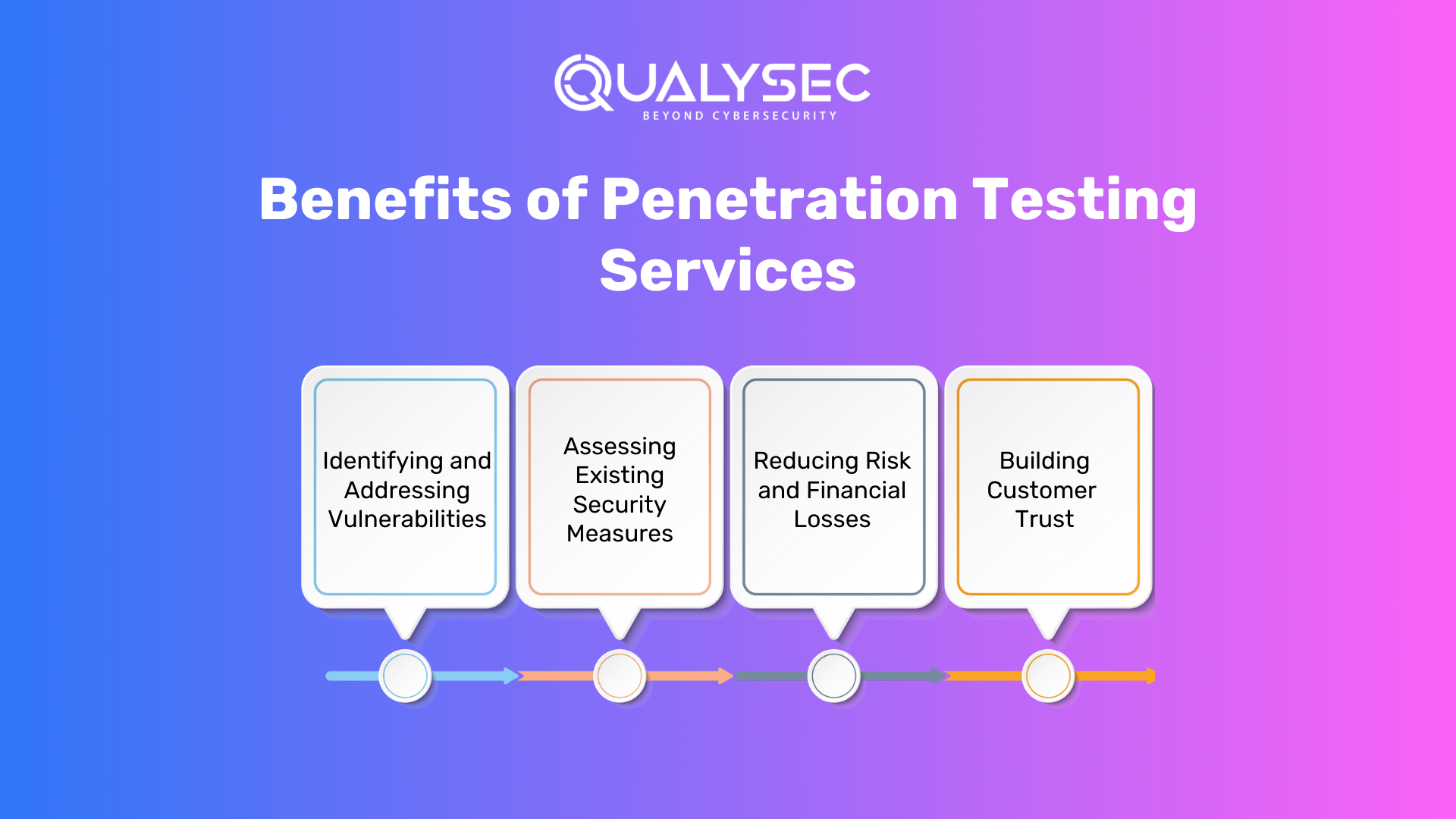
- Identifying and Addressing Vulnerabilities: Penetration testing allows organizations to proactively identify and address security weaknesses before malicious actors can exploit them, mitigating potential risks.
- Assessing Existing Security Measures: Through penetration testing, organizations can assess the effectiveness of their current security controls and measures, identifying gaps and areas for improvement.
- Reducing Risk and Financial Losses: By uncovering vulnerabilities, organizations can take preventive actions to reduce the risk of data breaches and the significant financial losses that may result.
- Building Customer Trust: Demonstrating a commitment to cybersecurity through regular penetration testing enhances customer trust and confidence in an organization’s ability to safeguard sensitive data.
Penetration Testing Process:
| Stage | Explanation |
|---|---|
| Planning and Scoping | Define the objectives, scope, and limitations of the penetration test. |
| Information Gathering | Conduct reconnaissance and collect relevant data about the target systems. |
| Vulnerability Identification | Use various tools and methodologies to identify potential weaknesses. |
| Exploitation | Attempt to exploit the identified vulnerabilities to assess their severity and impact. |
| Reporting and Recommendations | Compile a detailed report with findings and actionable remediation recommendations. |
Real-Life Case Study:
Vulnerabilities Uncovered
During a recent penetration testing engagement with a financial institution in the USA, the ethical hackers uncovered critical vulnerabilities within the organization’s web application. These vulnerabilities exposed sensitive customer data, potentially putting the institution at risk of a severe data breach.
Remediation and Mitigation
Promptly after receiving the penetration testing report, the organization’s cybersecurity team implemented robust security measures to fortify their web application. The swift action significantly reduced the risk of data exposure and demonstrated the tangible impact of penetration testing on enhancing the institution’s cybersecurity posture.
Safeguarding Customer Trust
By proactively addressing the discovered vulnerabilities, the financial institution showcased its commitment to safeguarding customer data and building trust within the market. The successful outcome of the penetration testing engagement reinforced the importance of regular testing and continuous improvement in bolstering cybersecurity.
Qualysec: The Best Cybersecurity Consulting firm in the USA
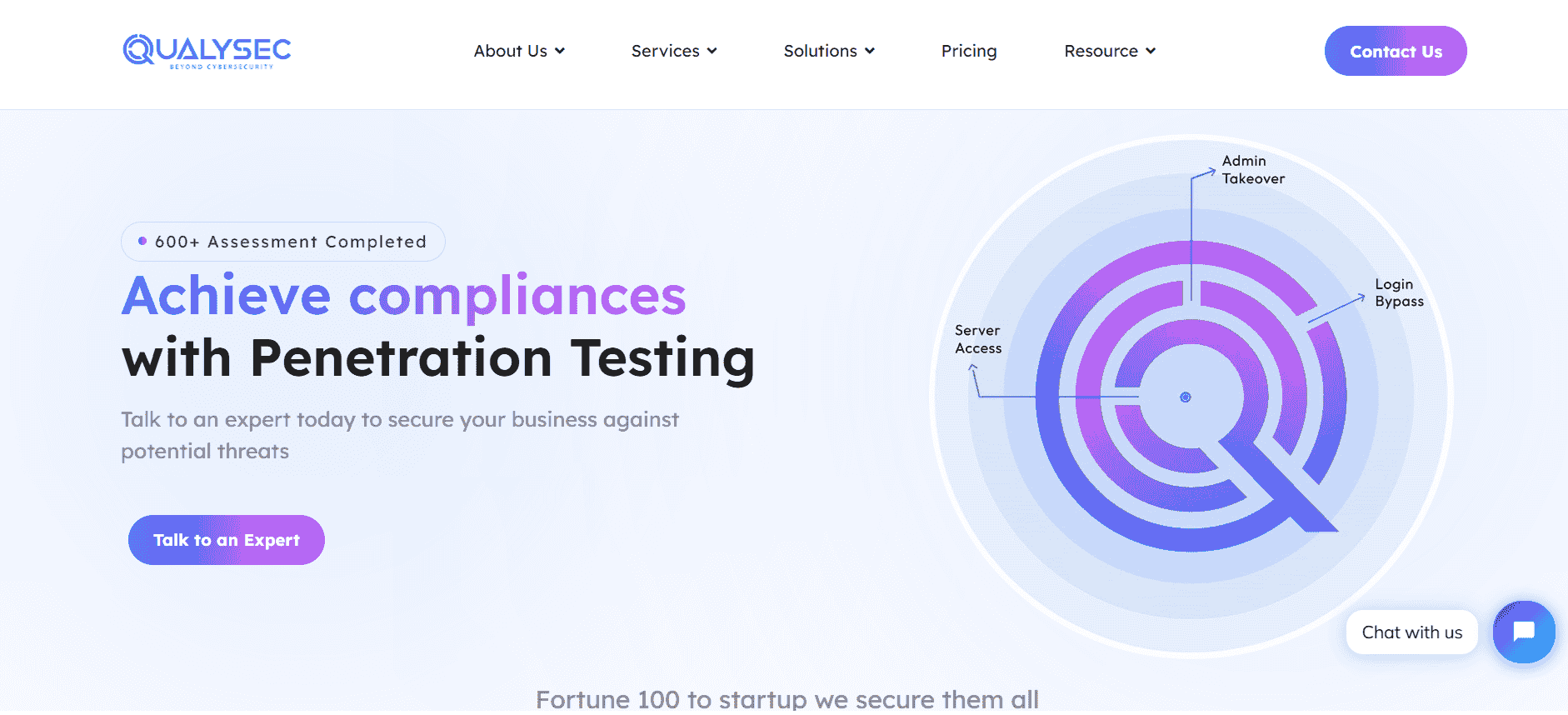
Qualysec is a prominent and leading mobile application penetration testing service provider. The company has quickly risen to prominence by delivering innovative cybersecurity solutions. With a commitment to protecting clients’ digital assets. Qualysec has a customer-centric approach, and Qualysec has garnered a formidable reputation within the industry.
Despite not having an office in USA, Qualysec has developed a reputation as one of the best Penetration testing service providers in USA because of its broad knowledge and competence in cybersecurity testing services.
Key Cybersecurity Services and Solutions Provided:
Qualysec specializes in a wide range of cybersecurity services, primarily focusing on penetration testing. They conduct comprehensive assessments of clients’ networks, applications, and systems to identify vulnerabilities that cybercriminals could potentially exploit. Qualysec collaborates with the organization to establish a plan to address them and boost its overall security posture. Qualysec’s penetration testing methodology combines manual analysis with advanced automated tools to ensure a thorough and accurate evaluation. Among the several services available are:
- Web App Pentesting
- Mobile App Pentesting
- API Pentesting
- Cloud Security Pentesting
- IoT Device Pentesting
- AI /ML Pen-testing
In addition to penetration testing, Qualysec offers incident response services, providing clients with rapid and effective strategies to handle cyber incidents. Their experienced team of professionals assists clients in containing and mitigating the impact of security breaches.
Notable Clients and Successful Case Studies:
Qualysec has a diverse clientele, including large enterprises and organizations from various industries. While confidentiality agreements prevent the disclosure of specific client names, their clients consistently praise the effectiveness and reliability of Qualysec’s services.
In a recent case study, Qualysec collaborated with a major e-commerce platform to assess its website’s security. Through penetration testing, they discovered critical vulnerabilities in the platform’s payment gateway, which could have led to financial losses and reputational damage if exploited. Thanks to Qualysec’s swift response and detailed remediation recommendations, the e-commerce platform promptly secured its payment infrastructure and strengthened overall security.
Strengths and Unique Selling Points
Qualysec’s strengths lie in its expertise and dedication to delivering high-quality cybersecurity services. Their team of certified professionals possesses in-depth knowledge of the latest attack techniques and security best practices. This expertise enables them to provide accurate and actionable insights during penetration tests.
One of Qualysec’s unique selling points is its commitment to continuous improvement and staying ahead of evolving cyber threats. They invest in research and development to ensure their clients receive the most effective and up-to-date cybersecurity solutions.
Furthermore, Qualysec distinguishes itself through exceptional customer service and clear communication with clients. They prioritize understanding each client’s specific needs and tailoring their services accordingly. This customer-centric approach fosters long-lasting relationships based on trust and confidence. Hence Qualysec stands among the top penetration testing companies in USA. Here are its key features.
Key Features
- Over 3,000 tests to detect and root out all types of vulnerabilities.
- Capable of detecting business logic errors and gaps in security.
- Ensures zero false positives through manual pen testing.
- Compliance-specific scans for SOC2, HIPAA, ISO27001, and other relevant standards.
- Provides in-call remediation assistance from security experts
Best Practices for Implementing Penetration Testing Results:
- Prioritize Vulnerabilities: Address identified vulnerabilities based on their severity, focusing on critical issues first to minimize risk exposure.
- Develop an Incident Response Plan: Establish a comprehensive incident response plan to respond promptly and effectively to any security incidents or breaches.
- Collaborate with Security Experts: Work closely with cybersecurity professionals to interpret the penetration testing results accurately and implement effective remediation strategies.
- Regular Follow-up Testing: Conduct regular follow-up penetration testing to ensure that the implemented security measures remain effective against evolving cyber threats.
- Employee Training and Awareness: Train employees on cybersecurity best practices and raise awareness about potential threats to prevent human errors that could compromise security
Developing a Robust Incident Response Plan
Incorporating the findings from penetration testing into an incident response plan is essential for an organization to respond effectively to potential security incidents or breaches. An incident response plan outlines the step-by-step procedures that need to be followed in the event of a cybersecurity incident. It includes roles and responsibilities, communication protocols, and escalation procedures.
A well-defined incident response plan ensures that the organization can swiftly detect, contain, eradicate, and recover from any security incidents. Regularly test and update the plan to account for new threats and changes in the organization’s infrastructure and operations.
Establishing a Proactive Security Posture through Continuous Testing and Improvement
Cybersecurity is an ongoing process, and organizations must adopt a proactive security posture to stay ahead of evolving cyber threats. This involves conducting regular penetration testing and continuous security assessments to identify new vulnerabilities that may emerge over time.
Embrace the concept of continuous improvement by leveraging the insights gained from penetration testing to enhance security measures continually. Conduct periodic security awareness training for employees to educate them about the latest threats and best practices for maintaining a secure work environment.
Emphasize the importance of a security-centric culture within the organization, encouraging employees to report potential security risks promptly. Regularly review and update security policies and procedures to align with industry best practices and compliance standards.
Latest Penetration Testing Report

Conclusion
Investing in professional penetration testing services is a proactive approach. This is done to enhance cybersecurity and protect valuable digital assets from ever-evolving cyber threats. As the USA continues to face a rapidly changing threat landscape. It is imperative for organizations to stay vigilant and proactive in safeguarding their digital infrastructure. Cybersecurity consulting in the USA, with a focus on penetration testing, empowers organizations to assess their security measures comprehensively and build a resilient defense against potential cyber-attacks. Embracing these services will undoubtedly play a vital role in securing our digital future.
Qualysec’s rapid growth, reputation for excellence, and commitment to innovation make it a top contender in the USA’s cybersecurity industry. Through their comprehensive penetration testing services and proactive approach, Qualysec plays a crucial role in safeguarding businesses and organizations against cyber threats. As the USA’s cybersecurity landscape evolves, Qualysec continues to be a trusted partner in fortifying the nation’s digital defenses.
When it comes to comprehensive cybersecurity audits, Qualysec is the organization to go with. Their cost of VAPT guide helps clients make informed decisions by understanding the various factors that affect the cost by clicking here.









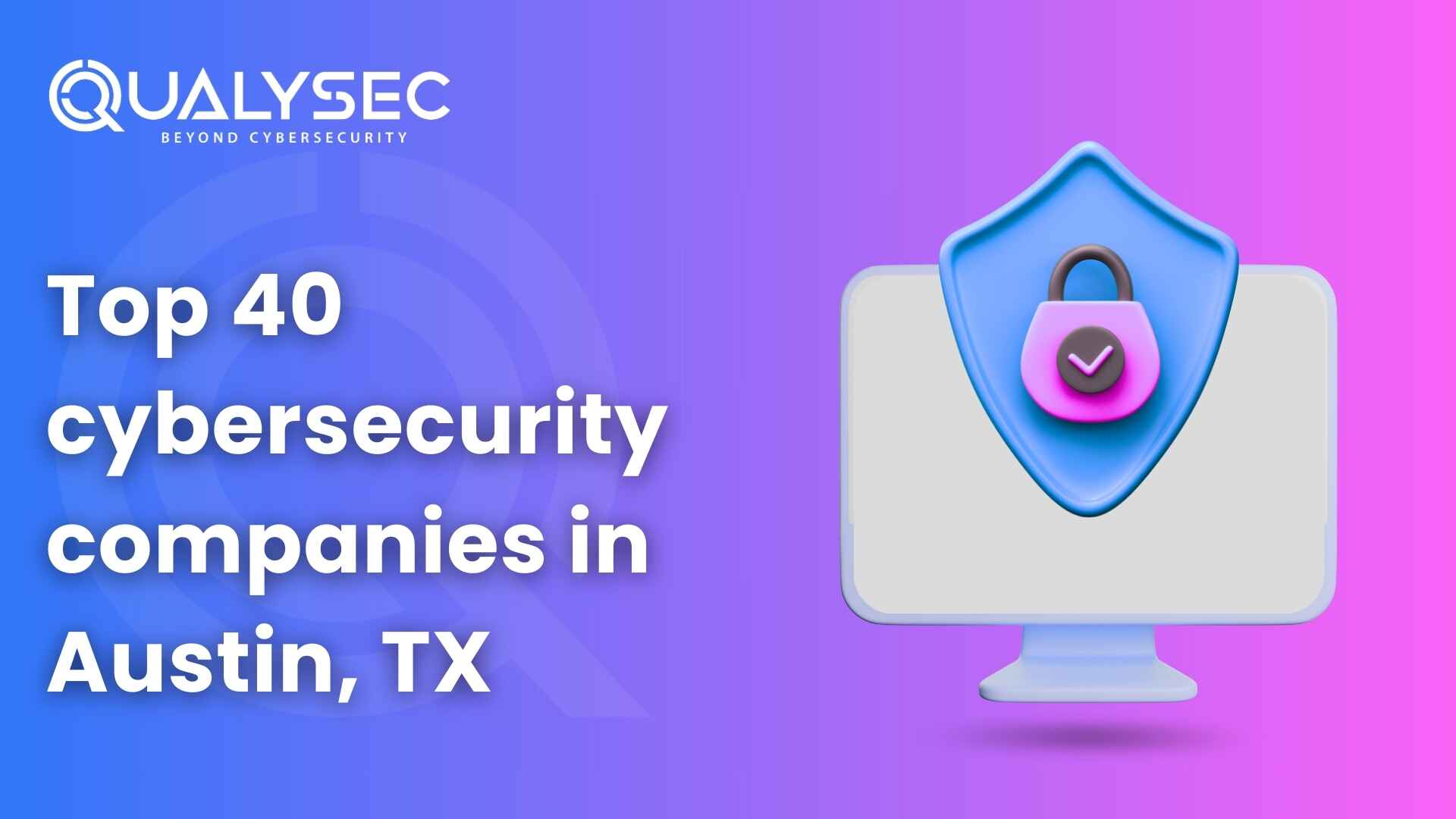
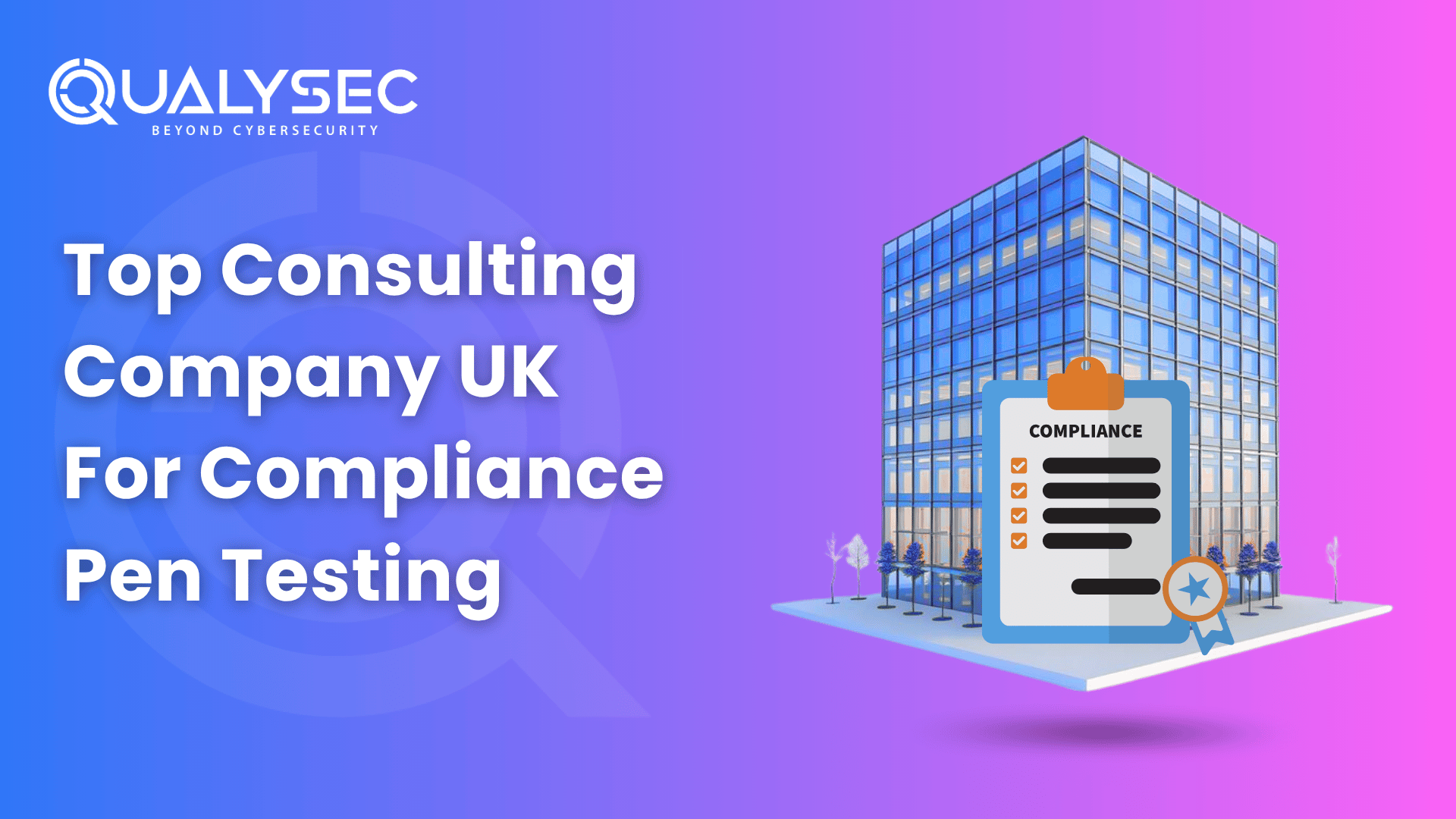
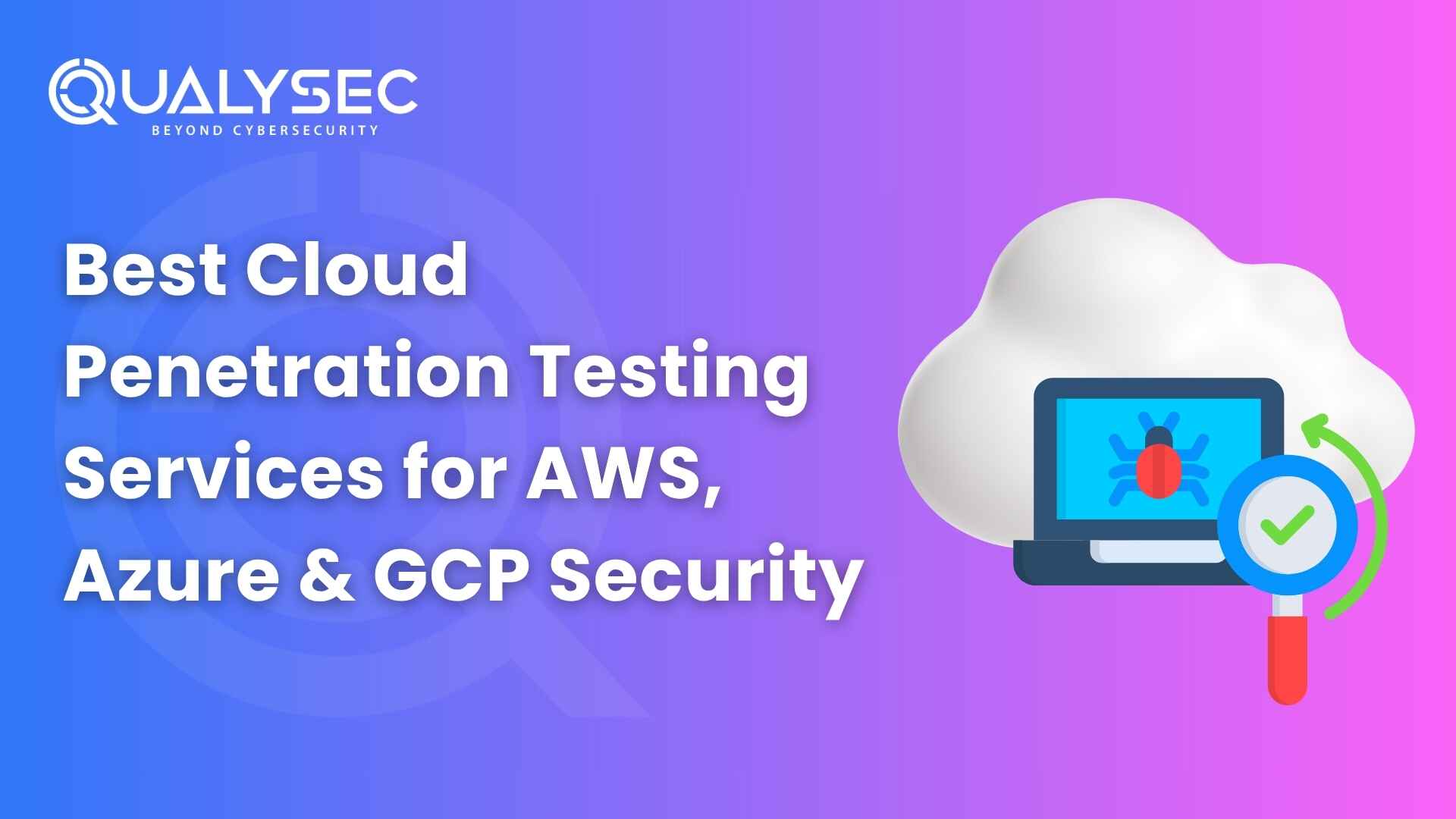
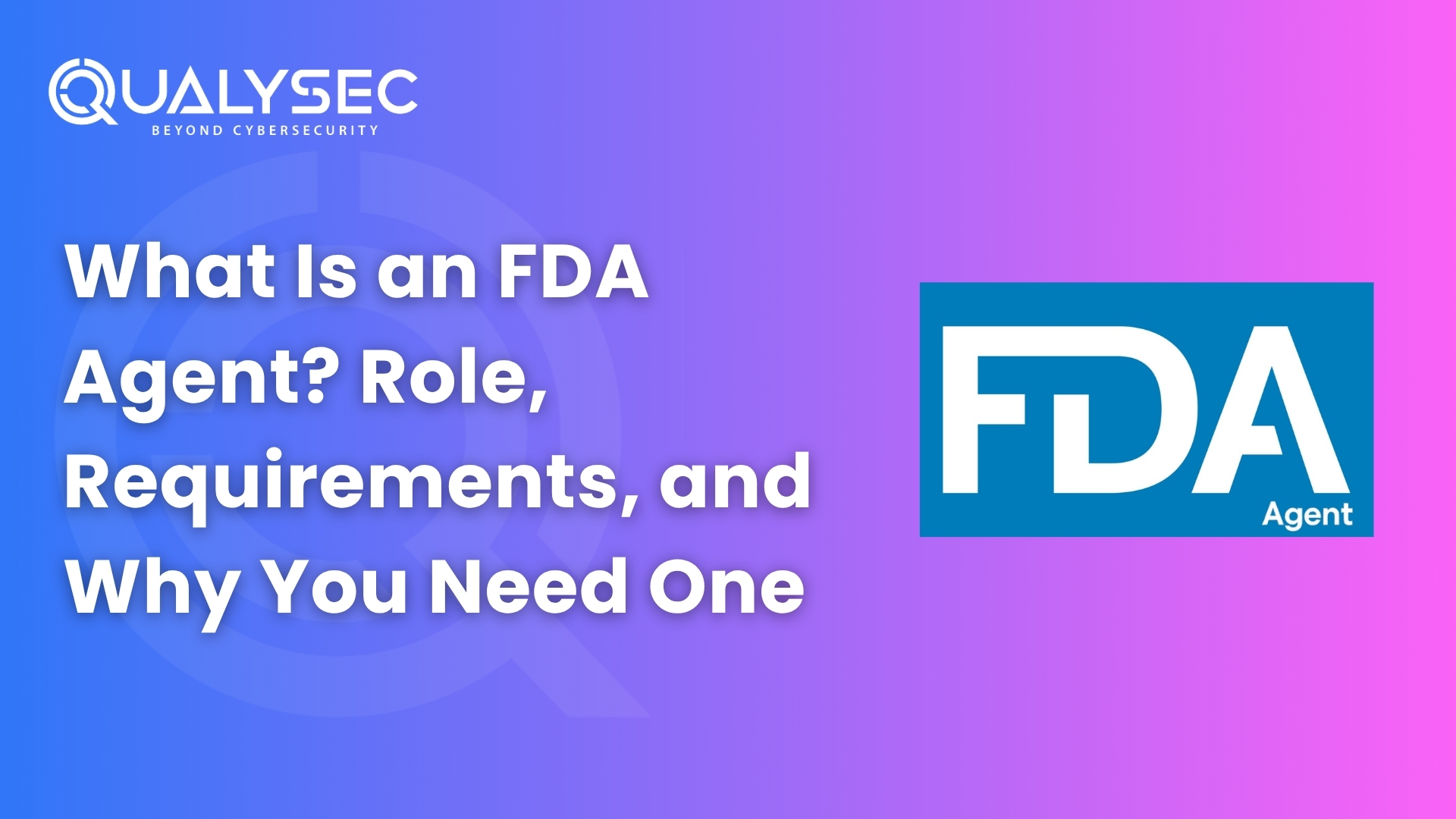
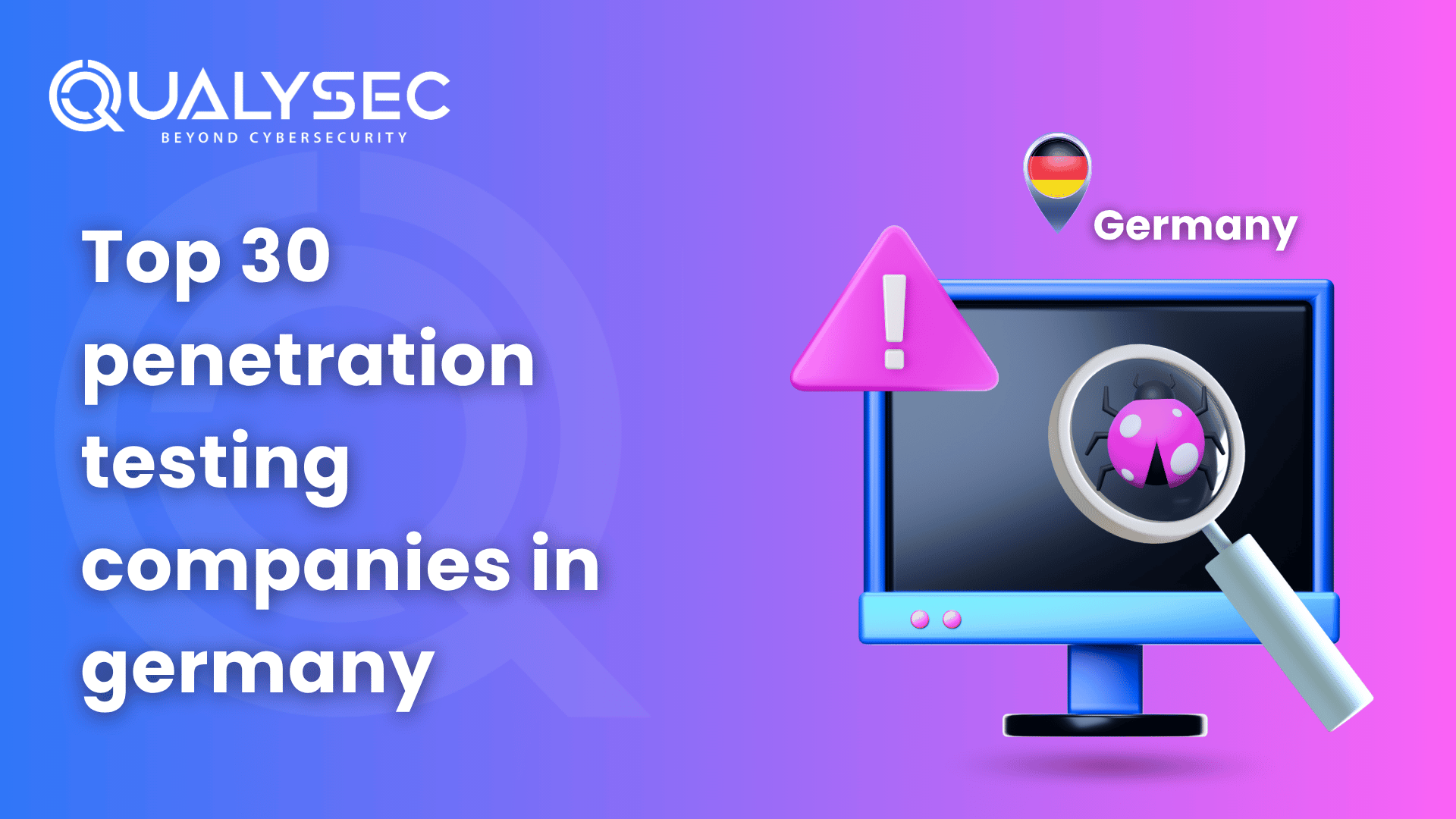

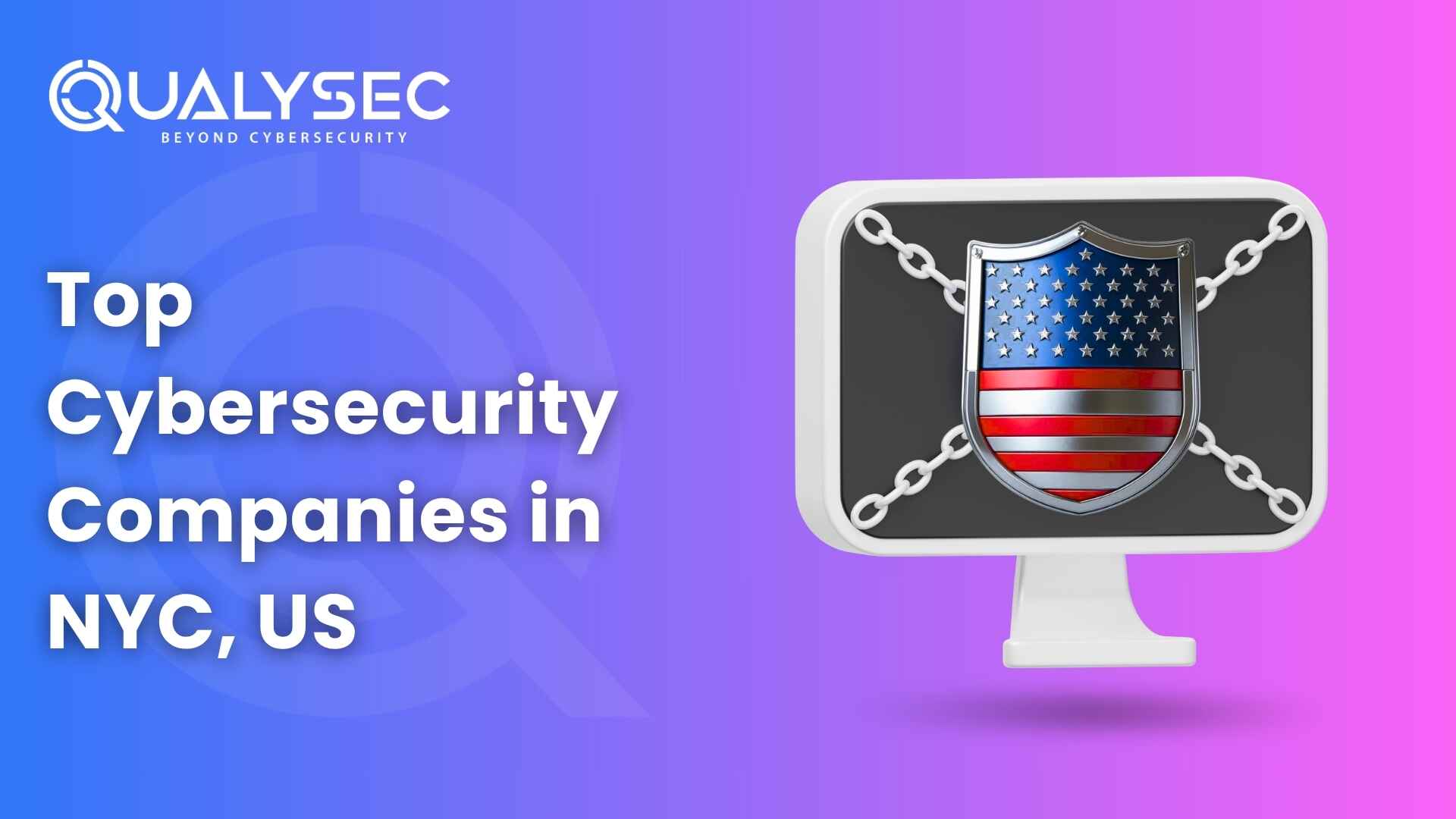




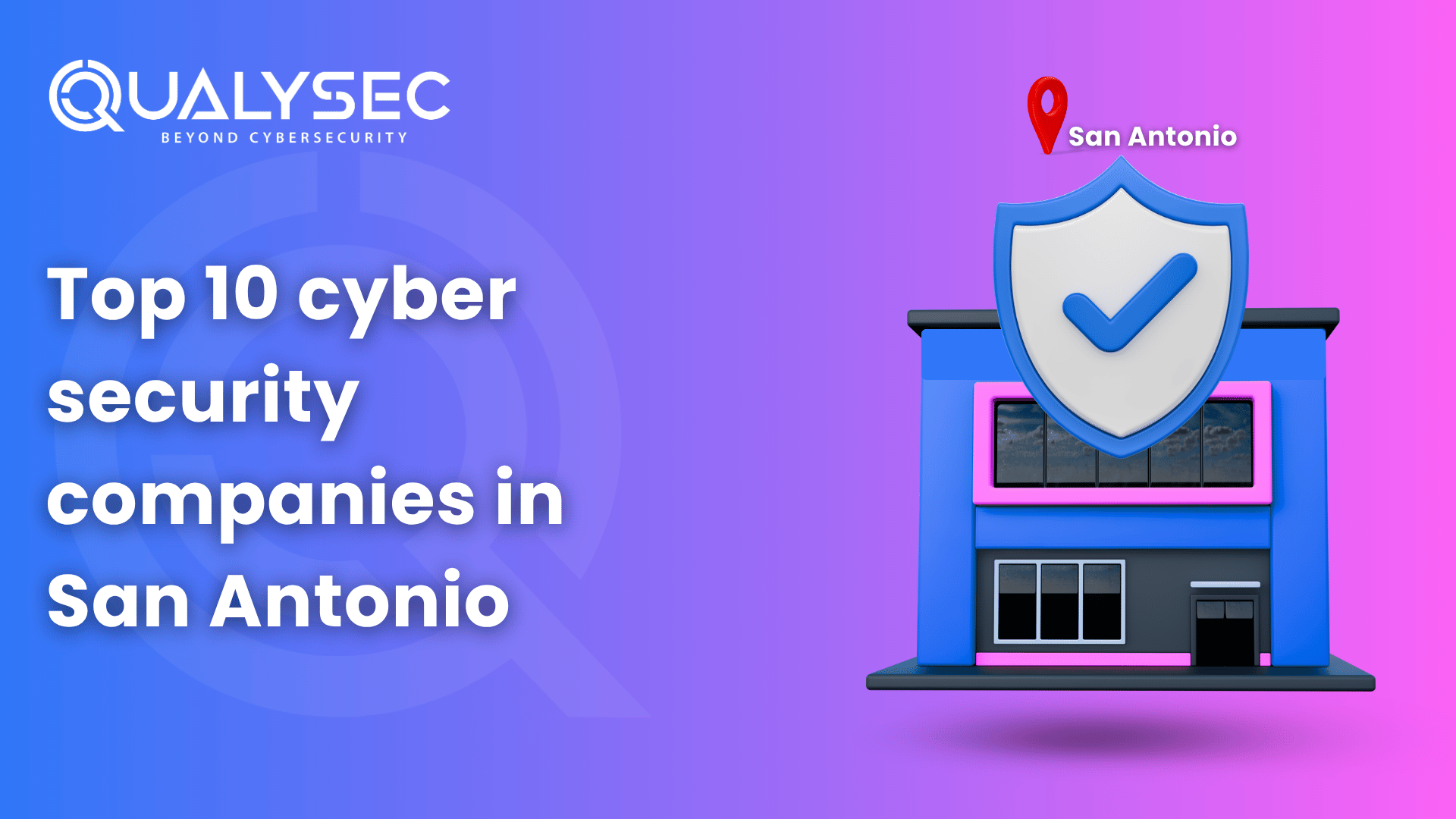
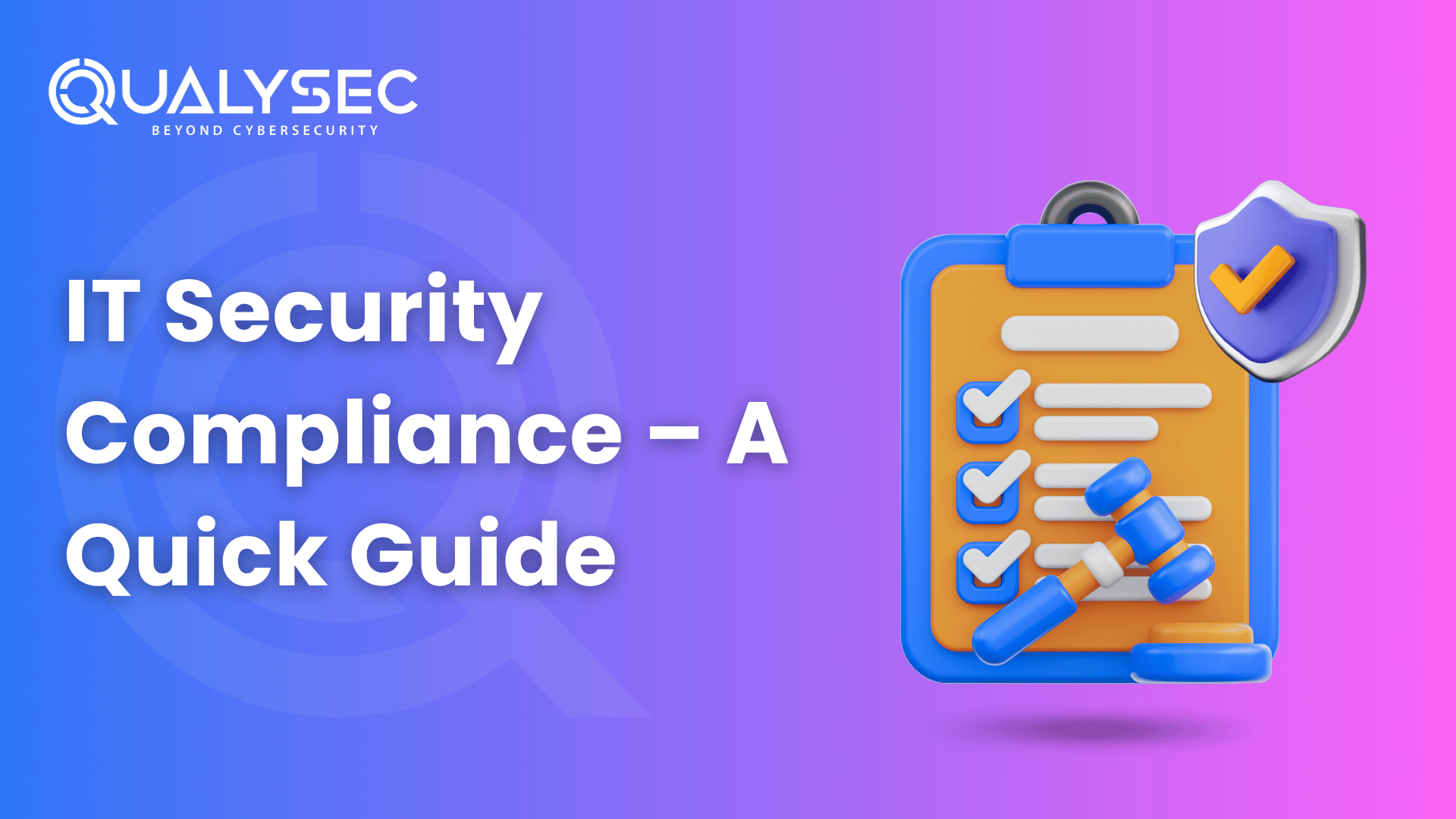















































































































































































































































































































































































































































































































0 Comments